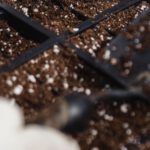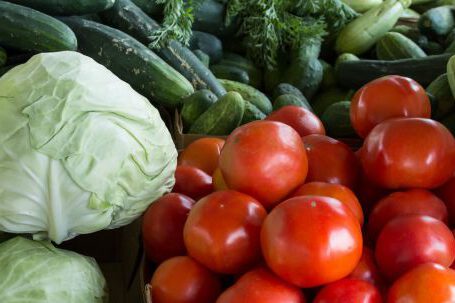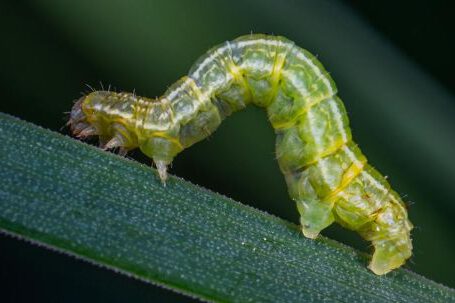Crop rotation is a vital practice in sustainable agriculture that involves the systematic planting of different crops in a particular area over time. This technique offers numerous benefits, such as improved soil fertility, reduced pest and disease pressure, and increased crop yields. However, the question remains: how often should you rotate your crops? In this article, we will explore the factors that influence crop rotation frequency and provide some guidelines to help you determine the optimal rotation schedule for your farm.
Crop Rotation Basics
Before delving into the frequency of crop rotation, it is important to understand the fundamentals of this practice. Crop rotation involves a sequence of different crops being grown in the same area over several seasons or years. The goal is to disrupt the life cycles of pests and diseases, prevent nutrient depletion, and maintain soil health.
Factors Influencing Rotation Frequency
Several factors influence the frequency at which crop rotation should occur, including the specific crops being grown, the health of the soil, and the presence of pests and diseases. Let’s take a closer look at these factors individually:
1. Crop Selection: Different crops have varying nutrient requirements, growth habits, and susceptibility to pests and diseases. Some crops, like legumes, have a symbiotic relationship with nitrogen-fixing bacteria, which can enrich the soil. Others, like brassicas, can help suppress soil-borne diseases. Understanding the specific needs and benefits of each crop is essential in determining the rotation frequency.
2. Soil Health: The condition of the soil plays a crucial role in crop rotation frequency. Soils that are rich in organic matter and nutrients are more resilient and can support longer rotation intervals. Conversely, soils that are depleted or prone to compaction may require more frequent rotation to maintain fertility and structure.
3. Pest and Disease Pressure: Crop rotation can help break the life cycles of pests and diseases, reducing their populations and preventing buildup. If your farm has a history of specific pests or diseases, rotating crops that are less susceptible or act as natural repellents can be an effective strategy. In areas with high pest and disease pressure, more frequent rotation may be necessary to mitigate the risks.
Guidelines for Determining Rotation Frequency
While there is no one-size-fits-all answer to how often you should rotate your crops, here are some guidelines to consider:
1. Plan for Diversity: Aim for a diverse rotation that includes crops from different botanical families. This helps prevent the buildup of pests and diseases that are specific to certain plant families.
2. Adapt to Soil Conditions: Assess the health of your soil regularly through soil testing and observations. If nutrient deficiencies or imbalances are detected, adjust your rotation to include crops that can address these issues.
3. Monitor Pest and Disease Pressure: Keep track of pest and disease populations on your farm. If you notice an increase in specific pests or diseases, consider implementing shorter rotation intervals or introducing crops that naturally deter or suppress them.
4. Consider Rotation Length: In general, a rotation interval of three to five years is common. However, this can vary depending on the factors mentioned above. For example, some crops, like potatoes, may require shorter rotations due to their high pest and disease susceptibility.
In Conclusion
Crop rotation is a valuable tool in sustainable agriculture, offering numerous benefits to both the soil and the overall health of your farm. By considering factors such as crop selection, soil health, and pest and disease pressure, you can determine the optimal rotation frequency for your specific circumstances. Regular monitoring and adaptation of your rotation plan will ensure that you achieve the best results in terms of crop yield, soil fertility, and pest management. Happy rotating!





